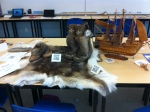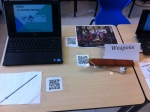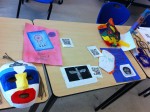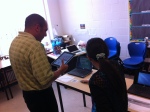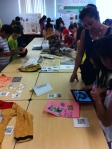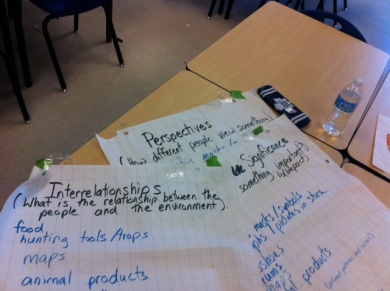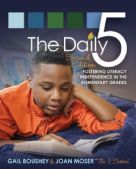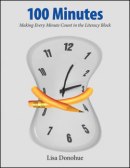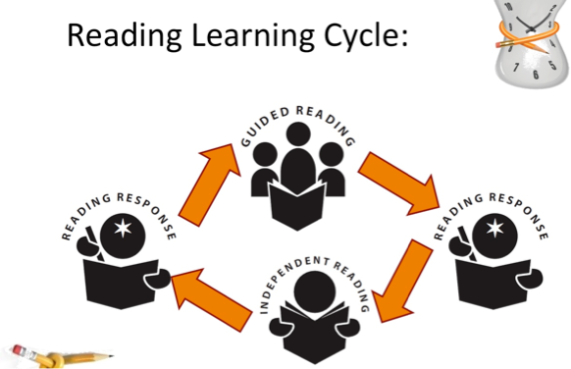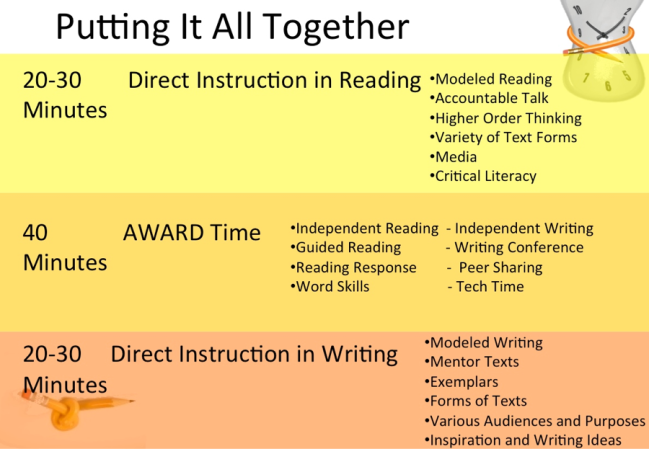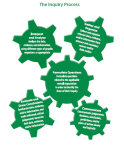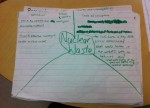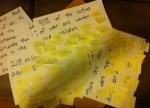My mind is reeling as I sit down to write this post. My journey into inquiry and learning has been vast, profound and at times overwhelming. As I wrap up our first Social Studies unit, using the new Inquiry Framework, I’m not sure who has learned more, my students or me!
Maybe the best place to start is at the end, and work backwards.
The END:
Last week, my students gathered together to host a “UN Issues Summit” to discuss a number of pressing global issues and the role that Canada plays in these issues (Grade 6 Curriculum). As a group of nations, they were also to determine how they would allocate funds (10 Million dollars), in order to support five of these issues. They needed to prioritize and debate until they could decide which issues they felt were the most pressing, and then decide how to divide the funds among them.
The debate was heated to say the least! Imagine one student pacing up and down the back of the classroom, trying to calculate the mathematical relationships between the number of votes each issue received in relation to the portion of money to be divided. Another student, adamantly declaring that four people’s votes had been discarded when the top five issues were selected. The debate raged between which was more important: children’s rights, climate change, racism, nuclear waste, coral reefs, endangered species, education, girls’ rights, or wars. Students were synthesizing their knowledge, making authentic connections and pleading for the rights of others around the world.
Where was I in all of this… I took a step back and allowed the process to unfold naturally. I let the students run the meeting, decide who would talk next, and how they would come to a final decision. Chaos? A little bit. But talk about passion and conviction, engagement and application of knowledge – I sat at my desk in absolute awe of my students.
Going back in time: Issues Summit Presentations:
I placed country cards on each student’s desk, identifying him/her as a representative of one of the countries in the UN. If they were to address the group, they needed to stand, state their name and their country before proceeding. The students loved this ‘formal’ style and it added to the level of respect and feeling of responsibility in the room.
In preparation for the Issues Summit, each student (or pair of students) was responsible for researching and presenting a global issue that they felt passionate about. The Disciplines of Thinking in the new Social Studies Curriculum, created the framework for their inquiries. Students needed to formulate questions that addressed three of the Disciplines of Thinking: Perspectives, Cause & Consequence and Interrelationships. This helped students create a balance in the type of information they were seeking, as well as providing opportunities for them to think deeply about the issue they were researching. They prepared a presentation to share with the UN about a global issue and ways Canada is involved in responding to it. This presentation was as open-ended as possible. Some students chose to make iMovies, some PowerPoints, and others speeches. They were encouraged to be creative and share their learning in whatever way they felt comfortable.
In one of my blog posts, Questions Are Central, I thought about the central role of questioning in the Inquiry Process. As we got into our unit, the more convinced of that I became. Even as students were sharing their ‘final’ pieces there were more questions raised and more new paths to explore. During the Issues’ Summit, one student responded “I’m sorry, I don’t know, but would it be okay if I found out and told you tomorrow?“. While we all moved on, I was dumbstruck to overhear a conversation the following day at lunch time. He approached the student who had asked the question, to say “Do you remember you asked me that question yesterday, I want to share what I found out….”. and the lunch conversation revolved around this student’s new discovery. If this is not a measure of student engagement, I’m not sure what is.
Going back even further: Supporting their learning:
There has never been a time when the importance of differentiated instruction has been more obvious than through this unit of study. There were some students who were able to take an idea and run with it – only needing to check in with me occasionally, and there were others who needed to sit with me almost every step of the way. I used a ‘guided inquiry’ time – similar to guided reading – where I would pull a small group of students and work with them to revisit their questions, identify key words to search, analyze sources for accuracy or relevancy, interpret the information they encountered. I needed to teach mini-lessons about how to search for information, how to summarize, cite, quote and reference information, how to synthesize and make connections, and more. It was critical thinking in action. It was authentic literacy in action. It was a way for students to apply their reading and thinking skills. We worked together to use a graphic organizer to gather and organize information, and represent their learning through their presentations.
And now, here we are.
My learning has been immense. Here are a few things I’m reflecting on:
- I know without a doubt of hesitation, that my students have a much deeper understanding of the Social Studies curriculum that I could have ever ‘taught’ them in traditional ways.
- They were all invested in their learning and developed a passion and awareness for the content. The levels of engagement skyrocketed in my classroom, to the point that students were begging to use their ‘free time’ to continue their work.
- The students became the experts in the classroom. I found myself comfortable with the fact that I didn’t know the answers, and often, I wasn’t even sure where to look, but we could try to find out together. My students respected the fact that I was a co-learner with them. They appreciated being able to teach me things, and show me the sources for their new found learning.
- Behaviour was not a challenge. While there are often times in my class when I need to redirect off-task behaviour, this was not the case during this unit of study.
- Every student was able to achieve! Every student was proud of their work, and every single one had a solid understanding of the overall expectations in the curriculum.
- I didn’t even know how to respond when one student said: “Thanks Mrs. Donohue for allowing us to have a learning experience like this!”
Questions I still have:
Although this unit was amazing, there are still things I’m struggling with:
As I wrote their report cards, I wondered how to capture the difference between ability and achievement. There were some students who were able to dig deeply into their research independently. They took initiative to research on their own time, to actively seek out information and to creatively and passionately create their presentations. And yet, there were others who needed me every step of the way. The role of differentiated instruction played a huge part in their success. Without direct support and guidance from me (or other teachers assisting), they would have struggled to complete their presentations. However, in the end, we are not evaluating the process – but their achievement and understanding. Through this differentiated process, they were able to achieve the expectations set out for them.. but how is this reflected in their final grade? Should a student receive a “B” if they have been able to demonstrate a good understanding of the curriculum, even though it took almost daily support to get there? Is this different from a “B” that a student would earn by demonstrating a good understanding while working somewhat independently? It is my job to ensure that every student meets with success, and to that end, I am happy. I am however, still reflecting on how to accurately capture this when assessing an reporting. Maybe you have some ideas?
Thank you all for joining me as I reflected on my learning through this process. The role of my PLN continues to grow in importance in my personal professional learning. I am so grateful that my learning extends beyond my classroom and school walls and allows me to partner with likeminded educators, wherever they may be. Thanks Aviva (@avivaloca), Nikki (@MsTown), Jo-Ann (@6Chotline), Beate (@bmplanche), Louise (@Robitaille2011) and #ontsshg for being a part of my ongoing learning journey into inquiry!! It’s so nice to know that support is only a tweet away!
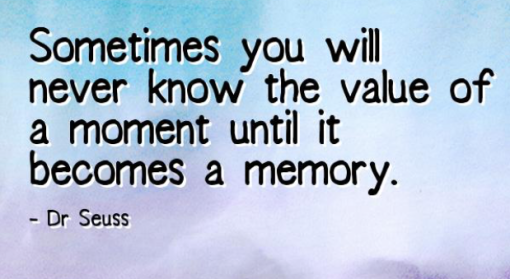
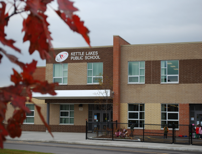 Seven years ago, I cased the new school being built in my neighbourhood. I knew that there were seven different types of bricks, a staff room in the corner and an extra large classroom with a kitchen in the back. I peered through the windows anxious to see what lay beyond the walls. One day, I coerced a friendly construction worker to allow me to wander the halls. I held my breath as I walked room to room, the blue and yellow bathrooms, the pods that linked the upstairs classroom. It was a wonderful building, full of hopes and dreams of the amazing things that were to come.
Seven years ago, I cased the new school being built in my neighbourhood. I knew that there were seven different types of bricks, a staff room in the corner and an extra large classroom with a kitchen in the back. I peered through the windows anxious to see what lay beyond the walls. One day, I coerced a friendly construction worker to allow me to wander the halls. I held my breath as I walked room to room, the blue and yellow bathrooms, the pods that linked the upstairs classroom. It was a wonderful building, full of hopes and dreams of the amazing things that were to come. It wasn’t long before those walls rang with the shouts and laughs of children. Our young staff eager to build a school community on solid foundations of shared beliefs. We instantly became a family. At our opening day assembly our students barely filled half of the gym. A perfect “Storm” coming together for the first time.
It wasn’t long before those walls rang with the shouts and laughs of children. Our young staff eager to build a school community on solid foundations of shared beliefs. We instantly became a family. At our opening day assembly our students barely filled half of the gym. A perfect “Storm” coming together for the first time.
